
RS stands for “right side” in knitting patterns. When following a knitting pattern, it’s important to understand the terminology used to indicate which side of the work is the right side and which is the wrong side. This helps ensure that the project is worked correctly and that any shaping or stitch patterns are executed on the correct side.
On the right side of a fabric, the stitches are typically smooth and defined. This is the side that will be seen when the project is finished. The wrong side, on the other hand, may have purl bumps or other details that are not intended to be seen.
Knowing which side is the right side is particularly important when working with patterns that have specific stitch patterns or design elements, such as cables or lace. These patterns often have different instructions for the right side and wrong side rows, so understanding the meaning of “RS” and “WS” helps to keep track of where you are in the pattern and ensures that the design elements are worked correctly.
Defining the term rs in knitting

In knitting patterns, the abbreviation “rs” typically stands for “right side”. This term is used to indicate which side of the knitting work is meant to be facing outwards or seen as the front of the project. The right side of the knitting is usually the side that has the desired design or appearance.
When following a knitting pattern, it is important to pay attention to the instructions regarding the rs, as they may specify certain actions or stitches to be done on this side. For example, if the pattern instructs to “knit on rs”, it means to perform the knitting action on the right side of the work.
The opposite of the rs is the “ws” or “wrong side”, which refers to the side of the knitting that is typically not seen when the project is finished. Knitting patterns may also include instructions or stitches specific to the ws. It is important to differentiate between the rs and ws to ensure the correct execution of the pattern and the desired aesthetic result.
Understanding the importance of rs in knitting
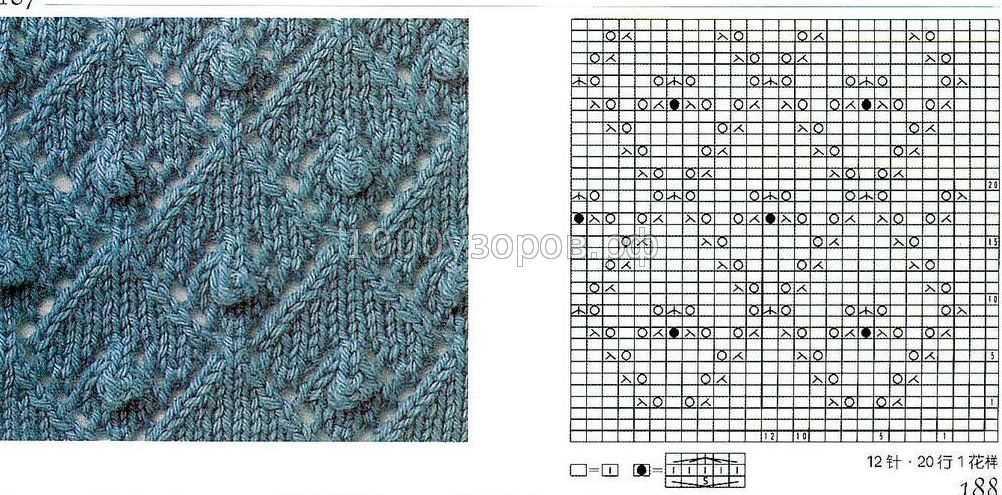
In knitting patterns, the abbreviation “rs” stands for “right side.” The right side of a knitted fabric refers to the side of the work that is meant to be seen or displayed. Understanding which side is the right side is crucial in following knitting instructions and achieving the desired outcome of a pattern.
The right side of a knitted fabric often has a different appearance or texture compared to the wrong side. It may have a specific stitch pattern or design element that is unique to the front of the work. By identifying the right side, knitters can ensure that their stitches and techniques are carried out correctly and that the final product looks as intended.
Why is it important to know the right side in knitting?
Knowing the right side is essential because it determines which direction certain stitches should be worked, where specific color changes should occur, and where any shaping should take place. Following the instructions for the right side is crucial for achieving symmetry and balance in a knitted project.
For example, in a pattern that features a lace panel, the right side may have lace stitches that are meant to be visible. Working these stitches correctly on the designated side ensures that the lace pattern stands out. If the wrong side of the fabric is mistakenly worked, the lace stitches may not be as pronounced.
Furthermore, knowing the right side is also important for seaming and finishing a knitted garment. When joining two pieces together, it is customary to have the right sides facing each other, ensuring that the seams are hidden on the wrong side.
To determine the right side of a knitted fabric, you can look for visual cues such as a specific stitch pattern, the presence of color changes, or any design elements that are meant to be displayed. Some patterns may also explicitly state which side is the right side. Taking the time to understand the importance of “rs” in knitting patterns can greatly enhance your knitting experience and help you create beautiful, professional-looking projects.
How to identify the rs in a knitting pattern
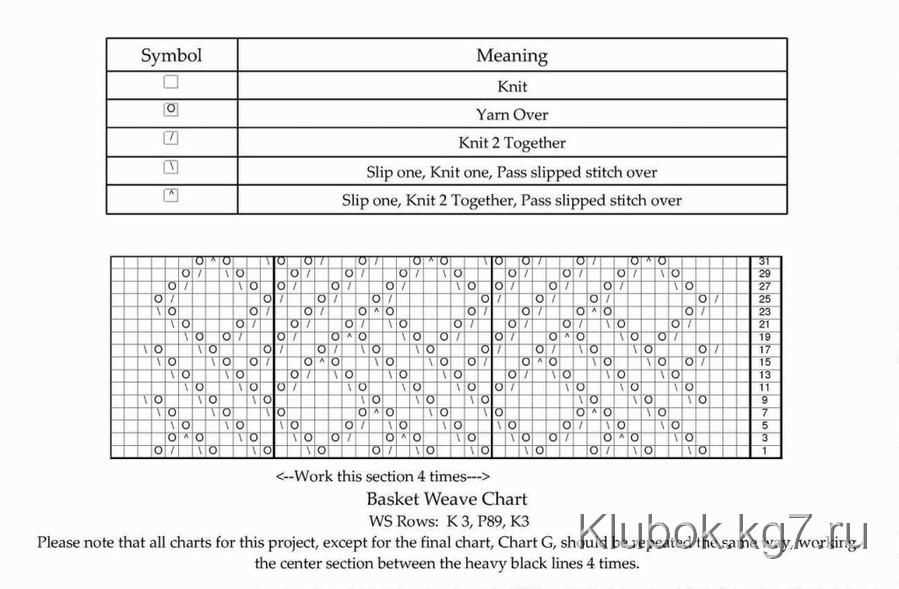
When working on a knitting pattern, it is important to identify the right side (rs) and wrong side (ws) of your knitting. This is especially crucial when you are working on patterns that include stitch patterns or patterns with texture. The rs is typically the side of the knitting that is meant to be seen, while the ws is the side that is not meant to be seen.
To identify the rs in a knitting pattern, you can look for specific instructions or symbols in the pattern. For example, the pattern may include a note that says “working on rs” or “right side facing.” This indicates that the side you are currently working on is the rs. On the other hand, the pattern may include instructions or symbols that indicate the ws, such as “working on ws” or “wrong side facing.”
Another way to identify the rs is to look at the stitch pattern itself. Some stitch patterns create a distinctive texture that is more prominent on the rs, while others may have a more subtle difference between the rs and ws. By familiarizing yourself with the stitch pattern and studying the fabric you are creating, you can determine which side is the rs.
It is also helpful to keep track of your rows and rounds as you work on the pattern. By noting which side you are starting each row or round on, you can easily keep track of the rs. For example, if you start each row on the rs, then the side you are currently working on will always be the rs.
Common abbreviations used in knitting patterns

When reading a knitting pattern, you may come across various abbreviations that can be a bit confusing if you’re not familiar with them. These abbreviations are often used to save space and provide a quick reference for common knitting techniques and stitches. Here are some of the most common knitting abbreviations you may encounter in knitting patterns:
- RS: This stands for “right side” and refers to the side of the fabric that is meant to be the front or face of the project. It’s important to keep track of the right side when following a pattern.
- WS: This stands for “wrong side” and refers to the side of the fabric that is meant to be the back or inside of the project. Again, it’s important to keep track of the wrong side when following a pattern.
- St: This is short for “stitch” and is used to indicate the number of stitches you should have on your needle at a given point in the pattern.
- K: This stands for “knit” and is one of the basic knitting stitches. It involves inserting the right needle into the front of the stitch on the left needle and wrapping the yarn around the needle to create a new stitch.
- P: This stands for “purl” and is another basic knitting stitch. It is the opposite of a knit stitch, where you insert the needle into the back of the stitch on the left needle and wrap the yarn around to create a new stitch.
- YO: This stands for “yarn over” and is a common increase stitch. It involves wrapping the yarn over the right needle to create a new stitch and an intentional hole in the fabric.
- K2tog: This stands for “knit two together” and is a common decrease stitch. It involves knitting two stitches together as if they were one stitch, which helps to reduce the number of stitches on your needle.
These are just a few examples of the numerous knitting abbreviations you may encounter in patterns. It’s important to familiarize yourself with these abbreviations and their meanings to ensure you can successfully follow a knitting pattern and create the desired project.
Differentiating rs from ws in knitting
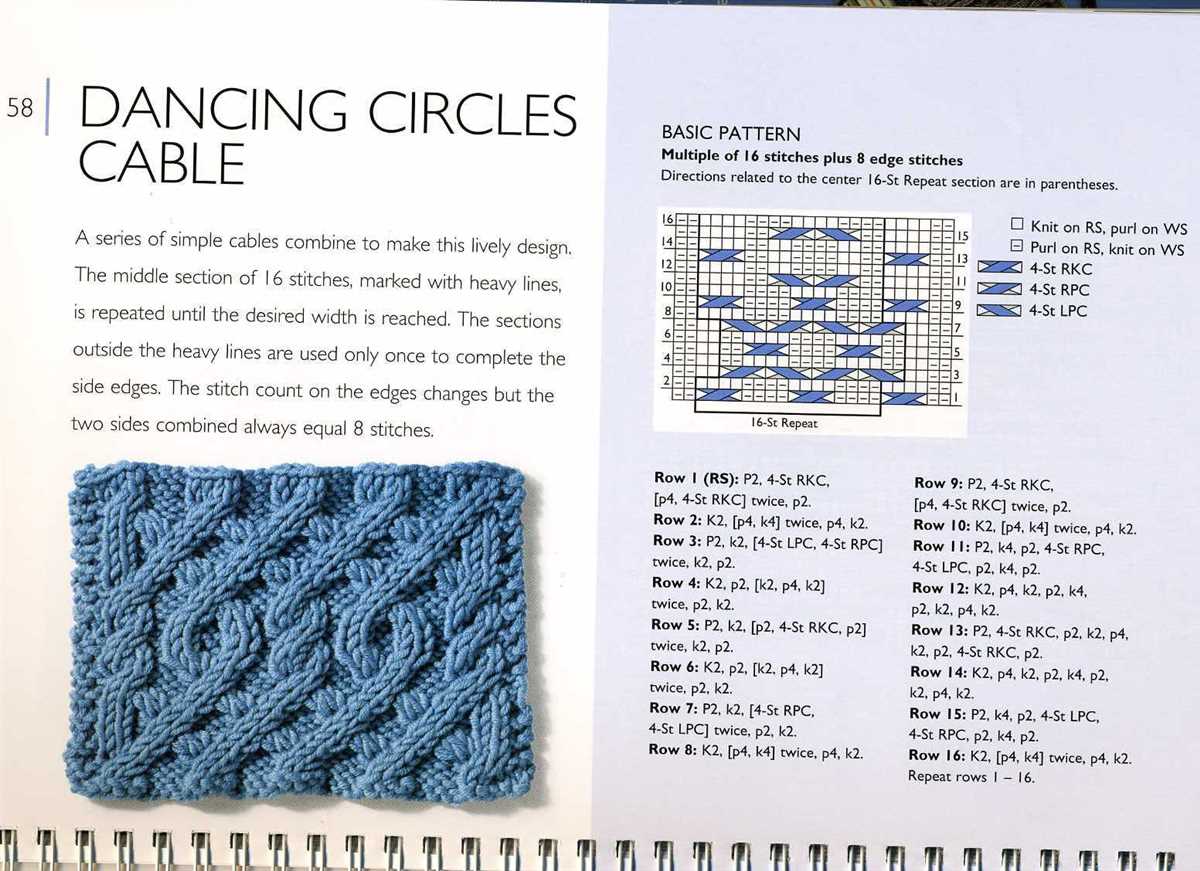
When following a knitting pattern, it is important to be able to differentiate between the right side (rs) and the wrong side (ws) of your work. This knowledge helps ensure that you are knitting the correct stitches and following the pattern correctly.
The right side (rs) of your knitting is the side that will be seen when the finished project is worn or displayed. It is usually the more decorative side with any pattern details or stitch designs. The wrong side (ws), on the other hand, is the side that is typically hidden or faces inward when the project is complete.
One way to identify the right side (rs) of your knitting is by paying attention to any pattern instructions or specific stitch directions. For example, a pattern may instruct you to perform certain stitches or pattern motifs on the right side (rs) and other stitches on the wrong side (ws). By following these instructions, you can easily determine which side is which.
Another helpful tip is to use contrasting yarn colors or stitch markers to mark the right side (rs) of your work. For example, you could use a different colored yarn for every row or place stitch markers on the right side (rs) rows to help you keep track.
By being able to differentiate between the right side (rs) and wrong side (ws) of your knitting, you can confidently follow knitting patterns and create beautiful finished projects.
Tips for keeping track of rs in knitting
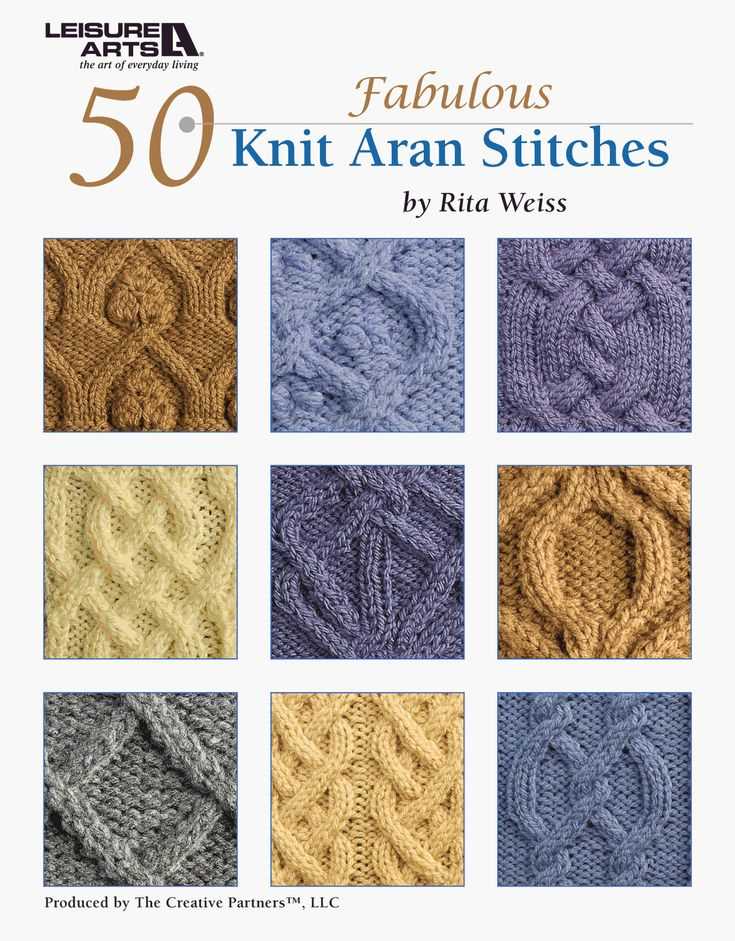
When following a knitting pattern, it is important to keep track of the right side (rs) and wrong side (ws) of your work. This helps ensure that your stitches and any pattern repeats are worked correctly. Here are some tips to help you keep track of the rs in your knitting:
Use a stitch marker:

Placing a stitch marker on the rs of your work can be a helpful visual reminder. You can use a small piece of yarn or a commercial stitch marker to mark the side, and move it up every few rows to keep track.
Use a safety pin or paperclip:
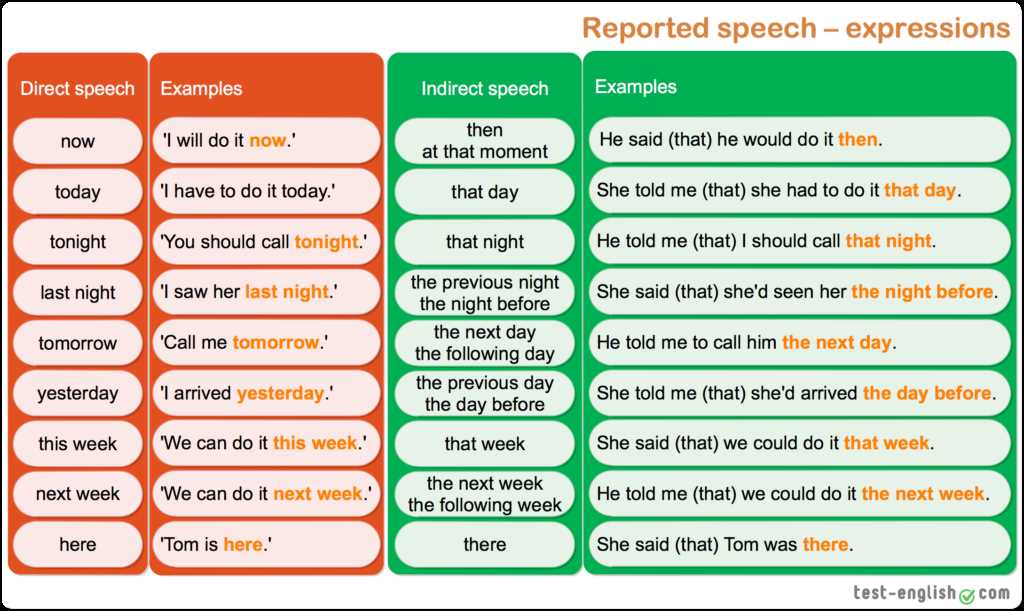
If you don’t have a stitch marker, you can use a safety pin or paperclip to mark the rs. Simply attach it to the fabric on the rs of your work, and move it up as you progress.
Write it down:
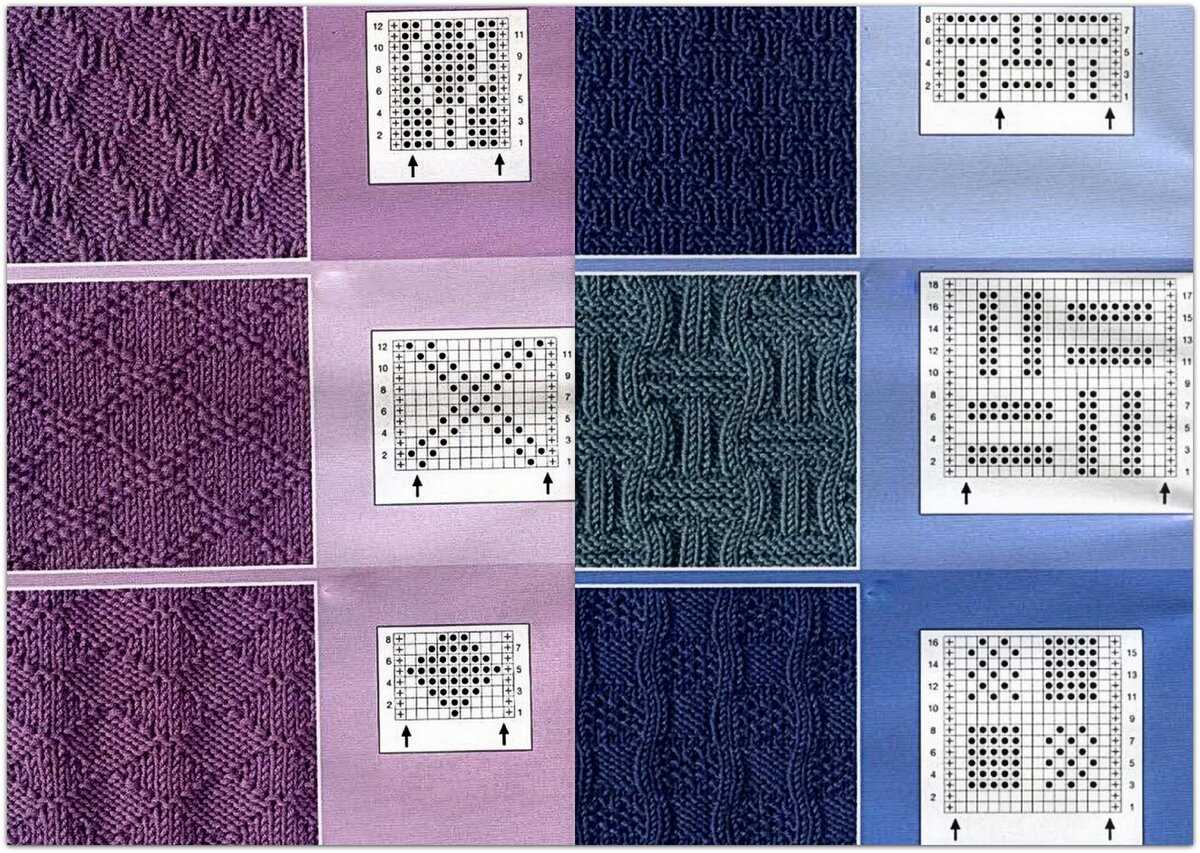
If you’re working on a complex pattern or have trouble remembering which side is the rs, consider writing it down. Keep a small notebook or use a pattern tracking app to note the row numbers and indicate which is the rs. This can be especially helpful when taking a break from your project and coming back to it later.
Use a different color yarn:
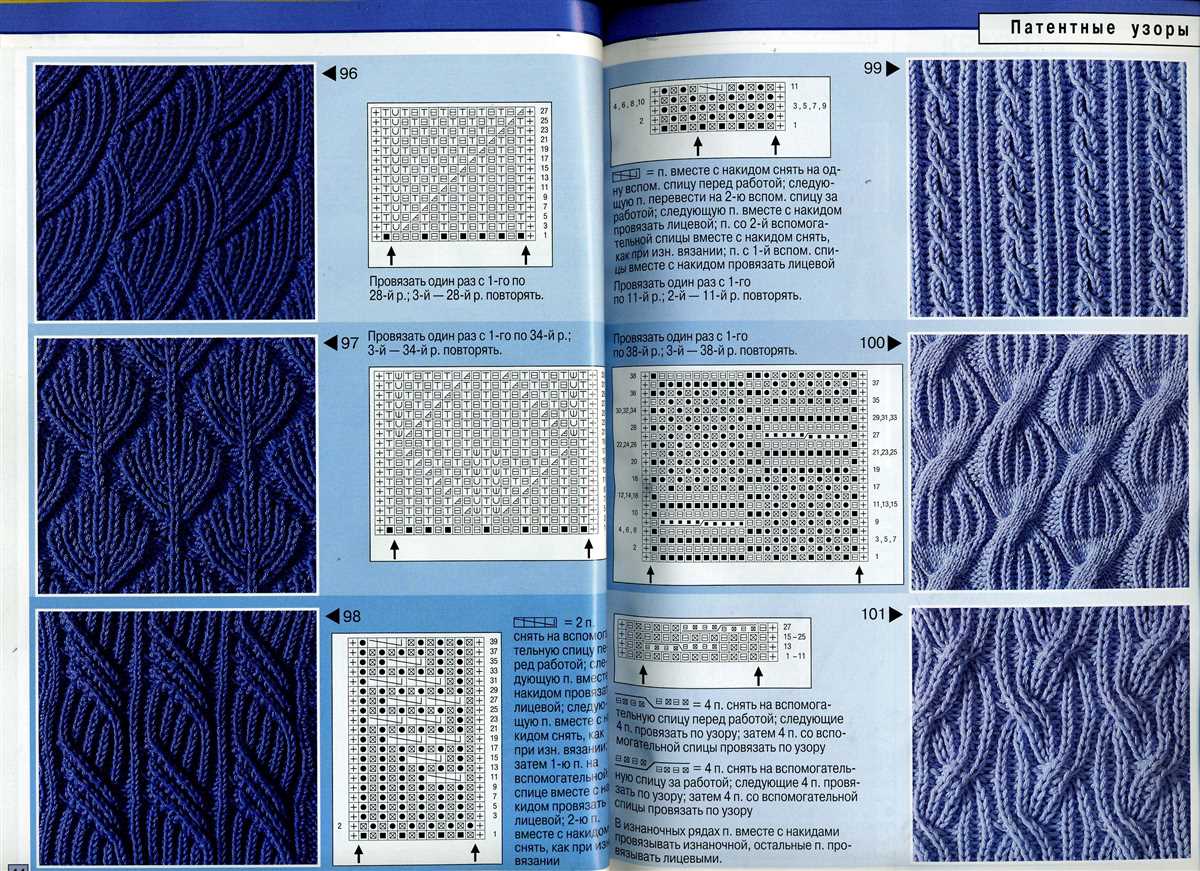
If you’re knitting with two colors, you can use a different color for the rs rows. This can make it easier to see and differentiate between the right side and wrong side. Simply switch colors when you start working on the rs and continue with the new color until you reach the ws.
By incorporating these tips into your knitting practice, you can effectively keep track of the rs and ensure your stitches are worked correctly, resulting in a beautifully finished project.
Why rs is crucial for achieving the desired outcome in knitting
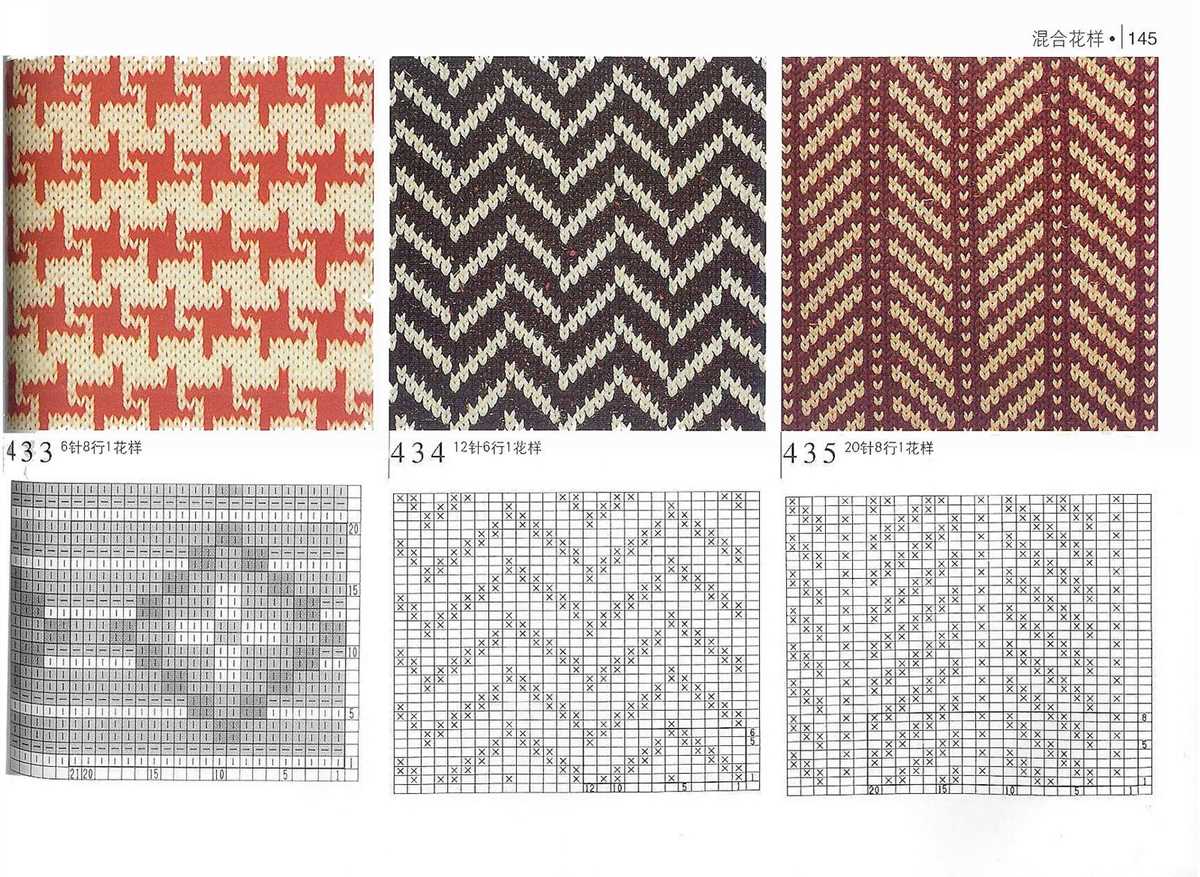
RS, or right side, is a term that is often used in knitting patterns to indicate which side of the fabric should be facing outwards. This is crucial for achieving the desired outcome in knitting because it affects the appearance and texture of the finished piece. By following the instructions and knitting on the RS, knitters can create a garment or accessory that looks as intended.
When knitting a pattern, the RS is commonly used to indicate the side of the fabric that is meant to be the “front” or the visible side of the project. This is particularly important when working with textured stitches or colorwork, where the design and details are meant to be showcased. By ensuring that the RS is facing outwards, knitters can showcase the intricate patterns, cables, or color changes that make the project unique.
For example, if a pattern instructs to knit a row on the RS, it means that the knitter should be working on the side that will be visible on the finished piece. This is important for maintaining consistency and ensuring that the stitches and patterns align correctly. Working on the wrong side could lead to a different texture or appearance, which may not match the intended design.
Additionally, knowing and identifying the RS is particularly important when shaping the garment or working on specific details. For example, when working on a sweater, the RS may be specified for specific sections such as sleeves or neck shaping, to ensure that the design and details line up correctly. By paying attention to the RS, knitters can achieve a professional-looking finish and a garment that fits and looks as intended.
In conclusion, understanding and following the instructions related to the RS in knitting patterns is crucial for achieving the desired outcome. It ensures that the right side of the fabric is facing outwards, allowing for the showcasing of intricate patterns, ensuring consistency, and achieving a professional finish. Knitters should always pay attention to the RS instructions to create a project that matches the intended design and appearance.
Common mistakes when interpreting rs in a knitting pattern

When reading a knitting pattern, one common mistake that can be made is misinterpreting the abbreviation “rs” or “RS”. This abbreviation stands for “right side” and refers to the front or public side of the knitting. It is important to correctly identify the right side when following a pattern, as certain stitches or techniques may only be performed on this side.
A common mistake is assuming that “rs” refers to the same thing as “right hand” or “right-handed”. While the terms may sound similar, they actually have different meanings in the context of knitting. “RS” refers to the side of the fabric, whereas “right-handed” refers to a person’s dominant hand. It is important to pay attention to the context of the pattern and understand that “rs” specifically refers to the front side of the knitting.
Another mistake that can be made is confusing “rs” with “ws”, which stands for “wrong side”. These two terms are often used together in knitting patterns to indicate different sides of the fabric. It is important to differentiate between the two and follow the instructions accordingly. Failing to identify the correct side can result in mistakes or a misaligned pattern.
To avoid these common mistakes, knitters should always carefully read and understand the abbreviations and terminology used in the pattern before starting their project. It is also helpful to keep a knitting abbreviation guide handy for easy reference. By correctly interpreting “rs” in a knitting pattern, knitters can ensure that their finished project turns out as intended.
How to Read a Knitting Pattern with RS Instructions
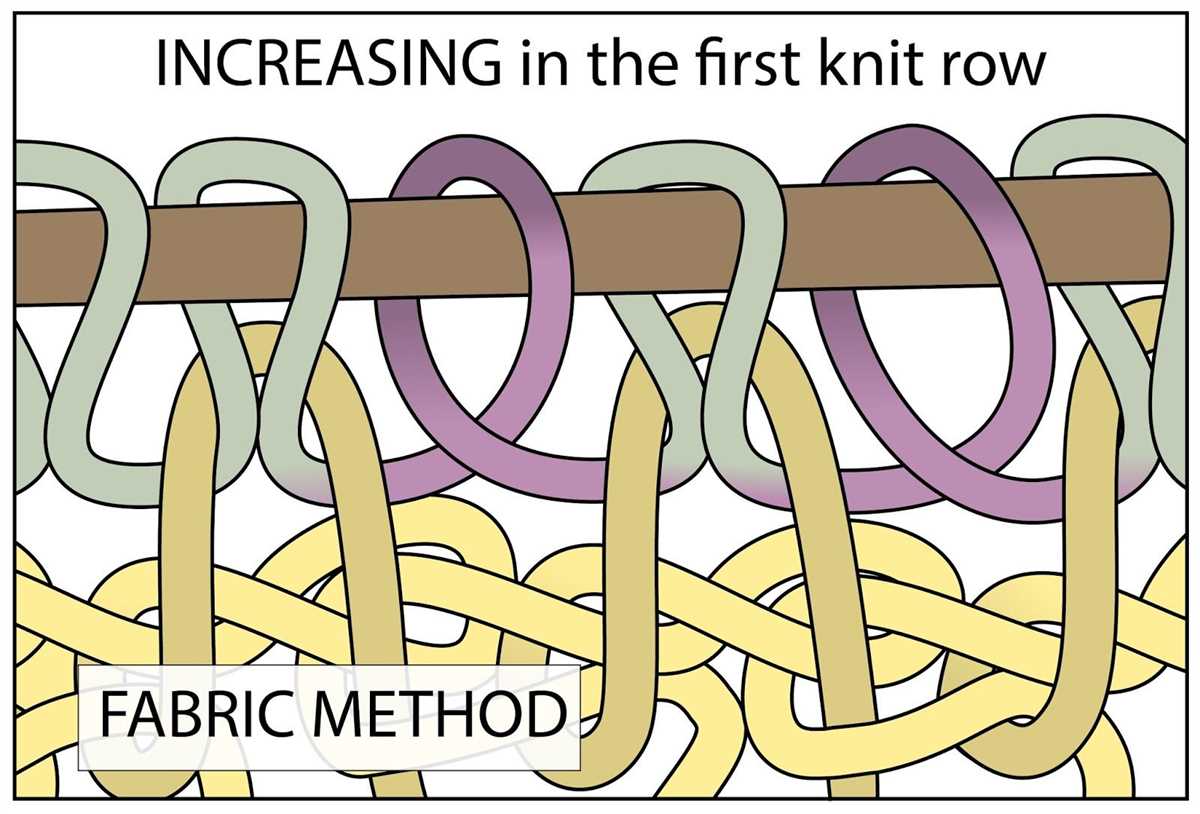
When reading a knitting pattern, it’s important to understand what the term “RS” means. RS stands for “right side,” and it refers to the side of the fabric that is meant to be the front or the visible side of your project. The opposite side, which is usually the back or the less visible side, is referred to as the “WS” or “wrong side.”
RS instructions in a knitting pattern provide specific instructions for the right side of your project. These instructions typically include information on stitch patterns, shaping, and any special techniques that need to be done on the front side of your work. It’s important to pay close attention to these instructions, as they will guide you through creating the desired design and structure of your knitted item.
When following RS instructions, it’s helpful to have a clear understanding of the basic knitting techniques and symbols used in the pattern. This includes knowing how to read abbreviations, understanding stitch patterns, and being familiar with any special techniques or stitches that may be used. Paying attention to details such as yarn overs, decreases, and increases will ensure that you are creating the correct stitches and achieving the desired outcome.
One way to keep track of your progress and to ensure that you’re following the RS instructions correctly is to use stitch markers. Stitch markers can be placed on the right side of your work to mark specific points or to indicate where certain stitches or techniques should be done. This can help you stay organized and make it easier to follow the pattern instructions.
In summary, when reading a knitting pattern with RS instructions, it’s important to understand that RS refers to the right side of your work. Pay attention to specific instructions, be familiar with knitting techniques and symbols, and consider using stitch markers to keep track of your progress. With practice and attention to detail, you’ll be able to confidently read and follow any knitting pattern with RS instructions.
Practical examples of using rs in knitting projects
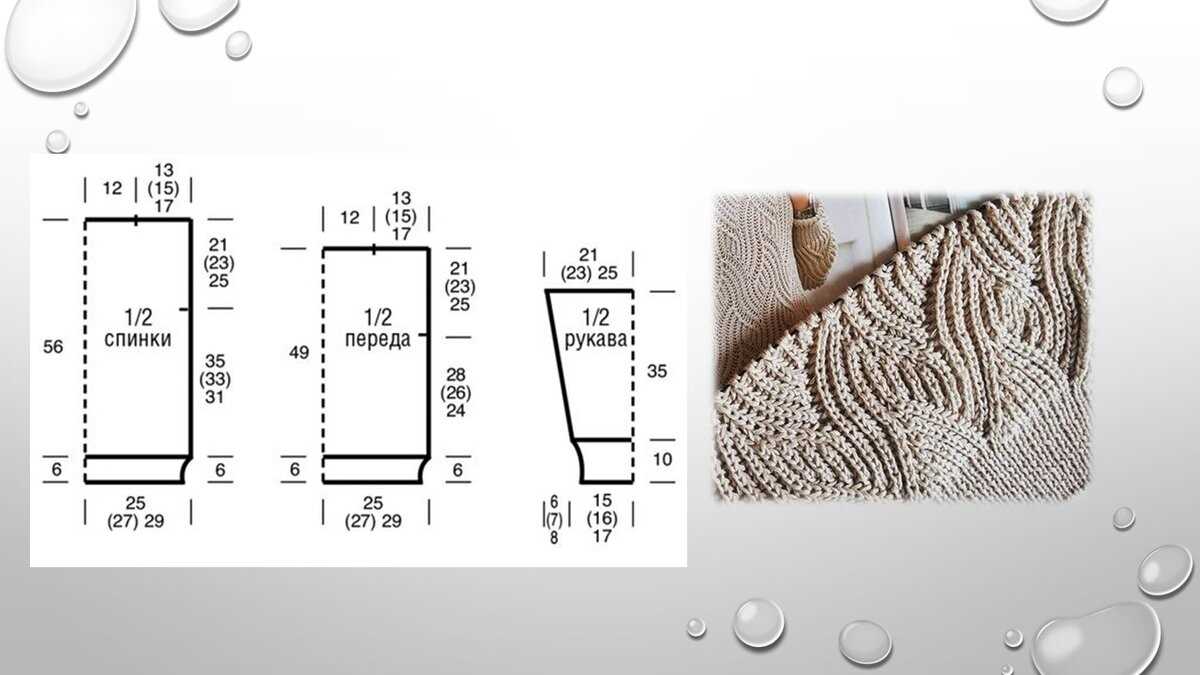
RS, or “right side”, is an important term in knitting patterns that indicates which side of the fabric should be facing outward or visible when wearing or displaying the finished project. Understanding and following the instructions for the RS is crucial for achieving the desired look and structure of the knitted item.
Here are some practical examples of using RS in knitting projects:
- Scarves: When knitting a scarf, the RS is often the side that has a more polished or decorative stitch pattern, while the WS (wrong side) may have a simpler or more uniform texture. It’s important to identify and keep track of the RS so that the scarf looks its best when worn.
- Sweaters: In sweater patterns, the RS is typically the side of the fabric that faces outward when the garment is worn. This means that stitch patterns, cables, or colorwork are often worked on the RS to create visual interest on the front of the sweater. Following the RS instructions is crucial for achieving the desired aesthetic.
- Hats: Similar to sweaters, hats also have a designated RS that should face outward when the hat is worn. This is especially important when working with colorwork patterns, as the RS will showcase the design properly. Paying attention to the RS instructions ensures that the finished hat looks stylish and well-crafted.
- Blankets: For blankets, the RS may not always be as critical as the visible side can vary depending on personal preference. However, if the pattern specifies a specific RS, it’s important to follow the instructions in order to maintain consistency and create a cohesive look.
In conclusion, understanding and identifying the RS in knitting patterns is essential for achieving the desired appearance of the finished project. Whether it’s scarves, sweaters, hats, or blankets, following the RS instructions will help create a polished, visually pleasing result. Properly identifying the RS ensures that the more intricate or decorative stitch patterns are showcased properly, making the knitted item look its best.